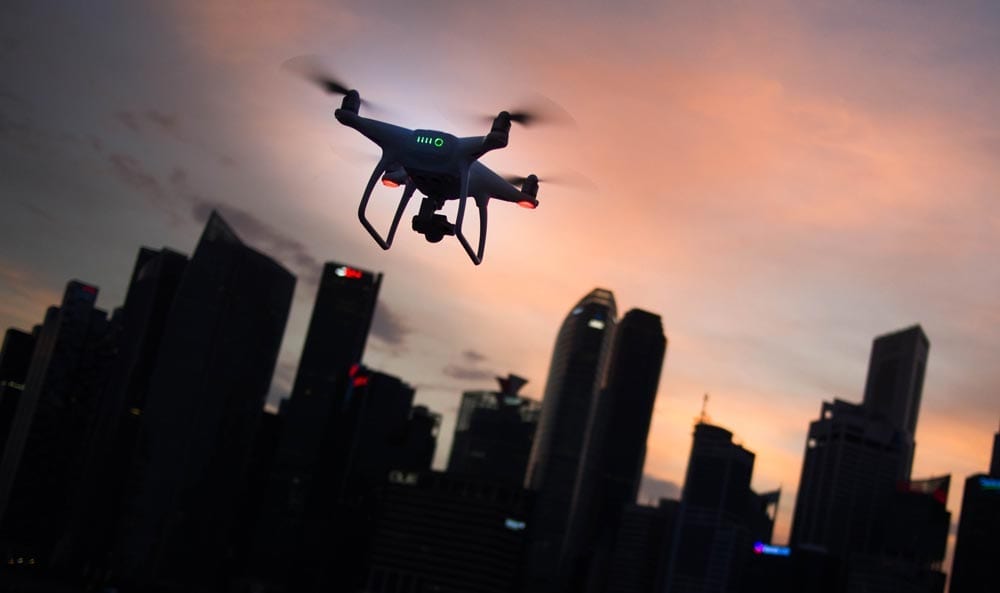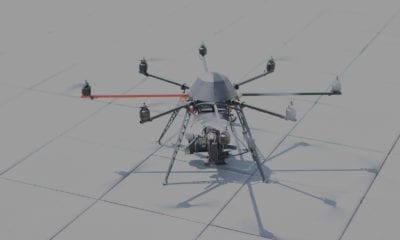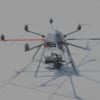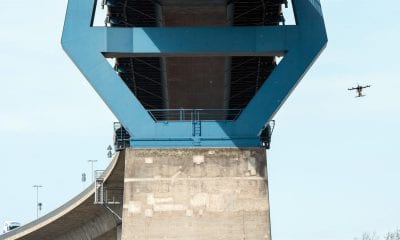News
New EU Aviation Safety Rules Displace Germany’s Recent Drone Regulation
Germany has always been one of the most forward-thinking countries when it comes to revolutionary technology. The country where some of the finest and most premium car makers such as BMW, Mercedes-Benz, Audi and Porsche are based has recently been under pressure to change its law for another type of technology – drones and unmanned aircraft vehicles (UAVs).
EU’s New Aviation Regime Directly Affects Germany’s Drone Legislation
Germany has been changing the permissions regarding drones. First of all, the country has put a new rule in place that will allow drones weighing more than 2kg to fly in regulated areas. On top of this, the country altered the maximum height at which drones are legally permitted to fly (100 meters) and is likely going towards 120 meters as the new limit.
However, what Germany did not expect was the new regulation adopted by the European Council – which provides basic rules for civil aviation security across EU member states. Previously, the EU competency in Germany has been limited for unmanned aircraft that weighed above 150kg. Therefore, any lighter unmanned aircraft or drone fell under the Regulation for the Operation of Unmanned Aircraft Systems.
The new regulation, however, forces the EU countries to adopt the EU-wide rules for civil drones of all sizes – and kind of limits Germany and its technology initiatives to regulate drones according to (its) standards. The extent towards which the German authorities will adapt to these new laws and regulations remains to be seen.
What Does the New EU Regime Include?
Meanwhile, the new EU regime proposes new regulations that would proportionate risk and performance-based rules, in addition to regulating drones of all sizes. With it, the unmanned aircrafts that present a high risk (such as commercial aviation aircrafts) will need to undergo a more detailed approval procedure and meet the proper certification and registration requirements.
On top of this, any aircraft that presents a low risk (such as light-sport aircraft) will only need to conform to standard EU market surveillance mechanisms such as the CE mark, which indicates that the product is in line with the EU health, safety and environmental protection requirements.
The main goal of this new regulation is to provide a framework for safely operating drones – all while maintaining growth and innovation in the field of aviation.
New Labelling and Operator Requirements
The current regulation on drones sets out that any model requires only a plaque, while aeromodelling is widely permitted. However, the regulation does not apply to model airfields and as an exception, this will likely remain valid in the new EU regulation.
To sum things up, the main advantage of the new EU regulation of civil aviation security is that it provides a unified law covering the basic principles for using all types of drones. This, after all, is welcome news for Germany, where only fragmented rules and regulations on lighted unmanned aircraft and drones existed.


























